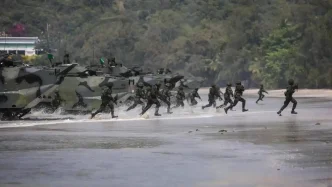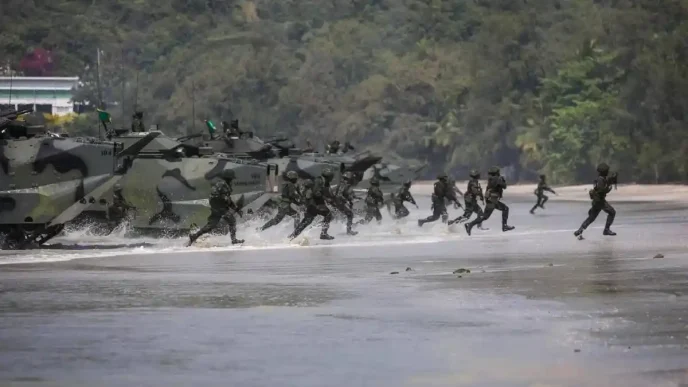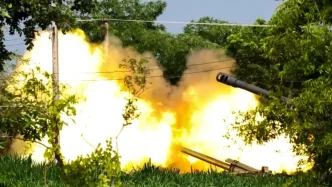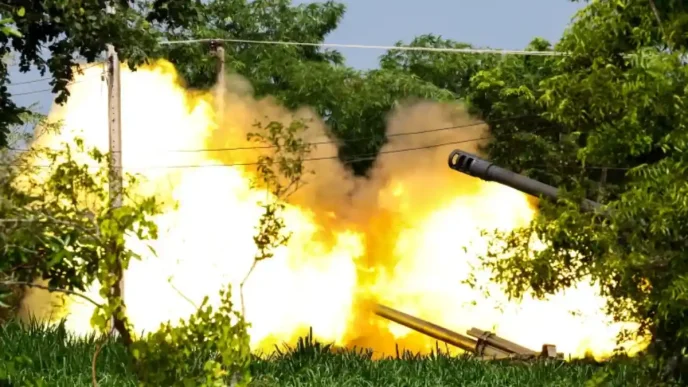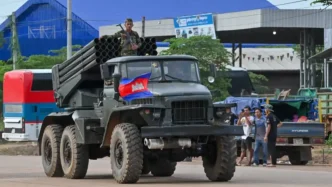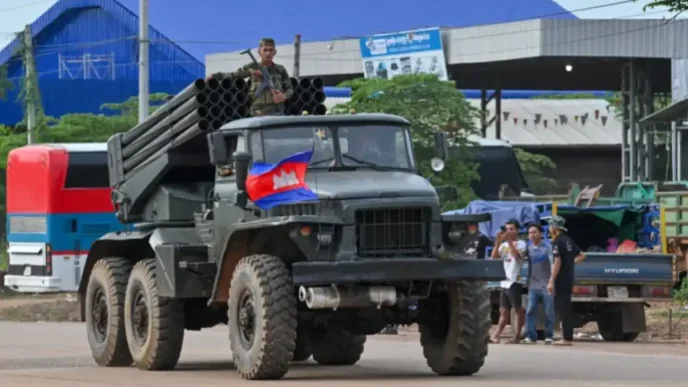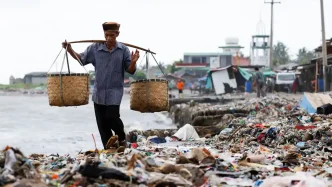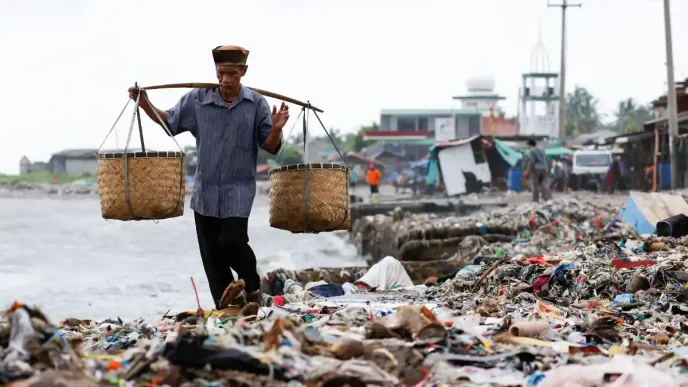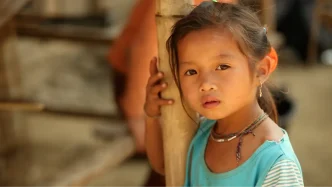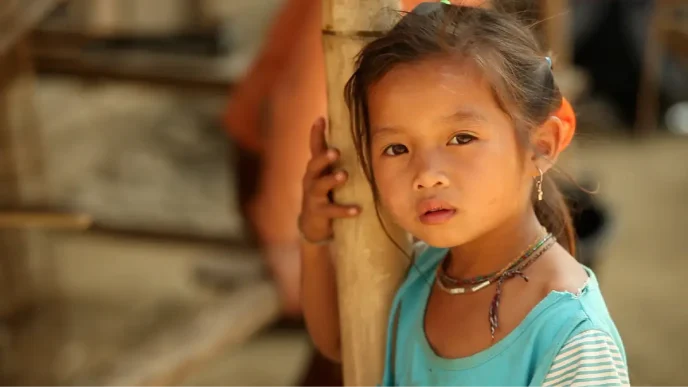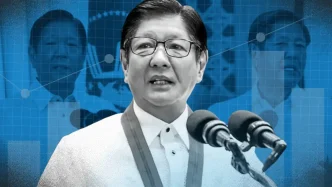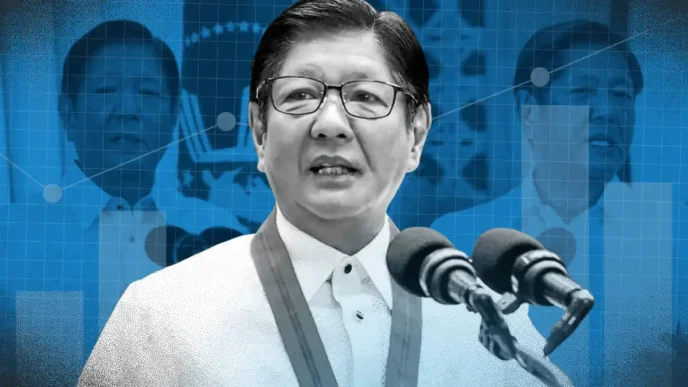Singapore is set to transform its sporting landscape with the consolidation of three key institutions—the Singapore Sport Institute (SSI), the National Youth Sports Institute (NYSI), and the Singapore Sports School (SSP)—into a unified entity under the ambitious Kallang Alive Masterplan. Announced by Minister for Culture, Community and Youth Edwin Tong during a budget debate on 10 March, this move aims to create a seamless support system for national athletes, from youth to senior levels, while positioning Kallang as the heart of Singapore’s sporting culture.
A Unified Vision for Athlete Development
From 1 April, the SSI and NYSI will merge to form a new sports institute, with the SSP joining them in the coming years at a state-of-the-art national training centre in Kallang. This integration is more than a logistical reshuffle; it represents a strategic effort to address longstanding challenges in athlete development, particularly the often-difficult transition from youth to senior competition. “This consolidation will more closely integrate the Sports School with the rest of our high-performance sports system,” said Mr Tong, emphasising that the move will “enhance end-to-end service delivery” across an athlete’s career.
The SSI, established in 2011 at the Singapore Sports Hub, has been a cornerstone of support for national athletes, offering expertise in sports science, medicine, and athlete life management. The NYSI, launched in 2015, has focused on enriching the youth sports ecosystem, operating from SSP’s Woodlands campus and Kallang. Meanwhile, SSP, opened in 2004 at a cost of $75 million, provides academic and sporting programmes for student-athletes aged 13 to 18, boasting alumni like Olympian sprinter Shanti Pereira and swimmer Tao Li.
The consolidation addresses practical inefficiencies faced by athletes. National table tennis player Izaac Quek highlighted the current logistical hurdles, noting that SSP athletes often travel between facilities for specialised support. “There were times when facilities weren’t available at NYSI within SSP, and we had to go to Kallang for SSI resources,” he said. “This upcoming consolidation will help SSP athletes, as well as others training at Kallang, by making everything more accessible.”
Kallang Alive: Reimagining a Sports District
Central to this vision is the Kallang Alive Masterplan, a government initiative to rejuvenate the area into a vibrant sports district and the new home of Team Singapore. The integrated training centre will occupy land currently used by the Kallang Netball Centre and Kallang Squash Centre. Netball Singapore, recently granted a lease extension until 2026, will relocate to the Toa Payoh Integrated Development by 2030, ensuring minimal disruption while the new facilities take shape.
This redevelopment is not just about infrastructure. It reflects a broader ambition, articulated by Prime Minister Lawrence Wong in his National Day Rally speech in August 2024, to strengthen Singapore’s sporting culture and support citizens in pursuing their athletic dreams. The relocation of SSP from Woodlands to Kallang is a symbolic and practical step towards centralising resources and fostering a cohesive environment for high-performance sports.
Singapore Aquatics president Kenneth Goh welcomed the move, describing it as a way to “integrate academic, sporting, and developmental threads into a more cohesive pathway tailored to each athlete.” He added that better coordination would minimise conflicts between these elements and reinforce their mutual benefits, underscoring the government’s commitment to tackling structural issues in high-performance sports.
Building Careers, Not Just Champions
One of the most significant promises of this integration is its potential to position sports as a viable career path. By offering comprehensive support across an athlete’s journey, the new entity aims to reassure budding talents and their families that competitive sports can be a sustainable livelihood. This is a critical shift in a society where academic and corporate paths often overshadow sporting ambitions. “We will have multiple layers of support converging around the athletes, supporting them throughout their journey,” Mr Tong noted, highlighting the focus on long-term retention in competitive sports.
Beyond individual athletes, the consolidation will strengthen partnerships with national sports associations (NSAs). The Ministry of Culture, Community and Youth (MCCY) stated that the move would enable closer collaboration on athlete pathways and professionalise sports administration and technical capabilities. This could herald a new era of efficiency and innovation in how sports are managed at a national level, ensuring that resources are maximised and talent is nurtured systematically.
The initiative also aims to establish a core of specialists in sports science, athlete life, and management, while creating multiple pathways for professional development within the sector. This holistic approach could set a benchmark for other nations in the region, where fragmented systems often hinder athletic progress.
Broader Impacts on Community Engagement
While the focus is on elite athletes, the government has not overlooked the wider community. In a related update, Mr Tong announced that ActiveSG members will receive a $100 credit top-up under the SG60 initiative, redeemable for facility bookings, entry fees, and programme costs between June and December. This gesture underscores Singapore’s dual commitment to fostering elite talent and encouraging grassroots participation in sports.
The Kallang Alive Masterplan, with its promise of a revitalised sports district, could also boost local tourism and community engagement. Modern facilities and a centralised hub for national teams may attract international events, further elevating Singapore’s profile as a sporting destination in South East Asia.
Challenges and Speculations Ahead
While the vision is compelling, the execution of such a large-scale integration poses challenges. Merging institutions with distinct mandates and cultures will require careful planning to avoid operational hiccups. There are also questions about funding allocations and whether smaller sports with less visibility will receive equitable support in the new structure. If resources are disproportionately channelled to high-profile disciplines, lesser-known sports may struggle to thrive, though no evidence currently suggests this will be the case.
The timeline for the full integration, described as taking “a few years,” remains vague. Delays in construction or planning could disrupt athlete training schedules, particularly for those reliant on existing facilities. However, if managed effectively, the consolidation could streamline access to world-class resources, as Izaac Quek’s testimony suggests.
Speculation also surrounds the economic impact of the Kallang redevelopment. If the project spurs local business growth and job creation in the area, it could serve as a model for urban planning tied to cultural objectives. Yet, these outcomes remain unconfirmed, and the government will need to balance investment in sports infrastructure with other national priorities.
A Bold Step Forward
Singapore’s decision to unify its sports institutes under the Kallang Alive Masterplan marks a bold step towards redefining its athletic ecosystem. By prioritising seamless support for athletes, fostering career sustainability in sports, and revitalising a historic district, the government is laying the groundwork for a future where sporting excellence and community engagement go hand in hand.
As the project unfolds over the coming years, it will serve as a litmus test for how infrastructure and policy can align to nurture talent in a competitive global arena. For now, athletes like Izaac Quek and stakeholders like Kenneth Goh are optimistic that this consolidation will remove barriers and unlock new opportunities for Team Singapore. If successful, Kallang could become not just a home for national athletes, but a symbol of Singapore’s enduring commitment to sporting dreams.



